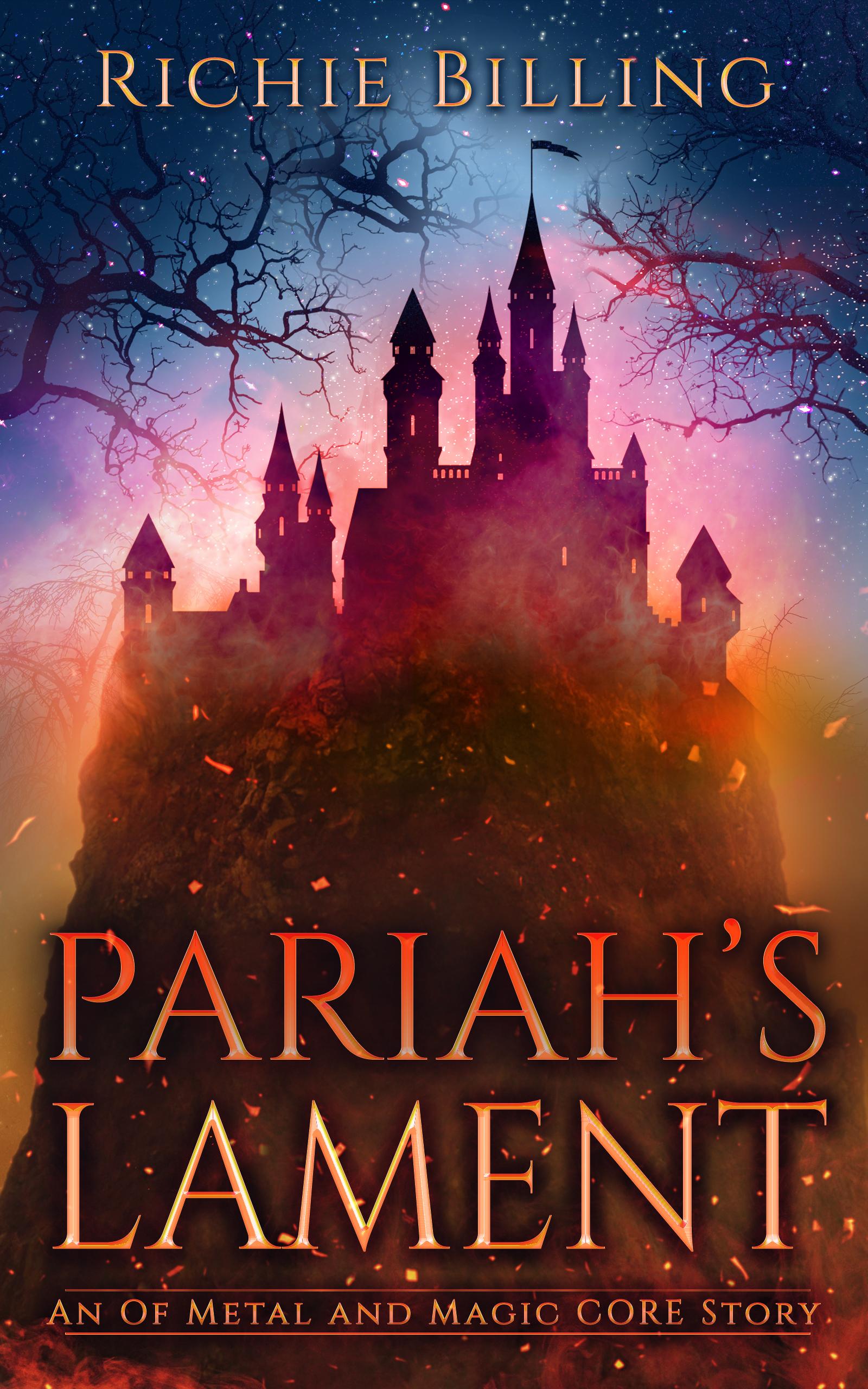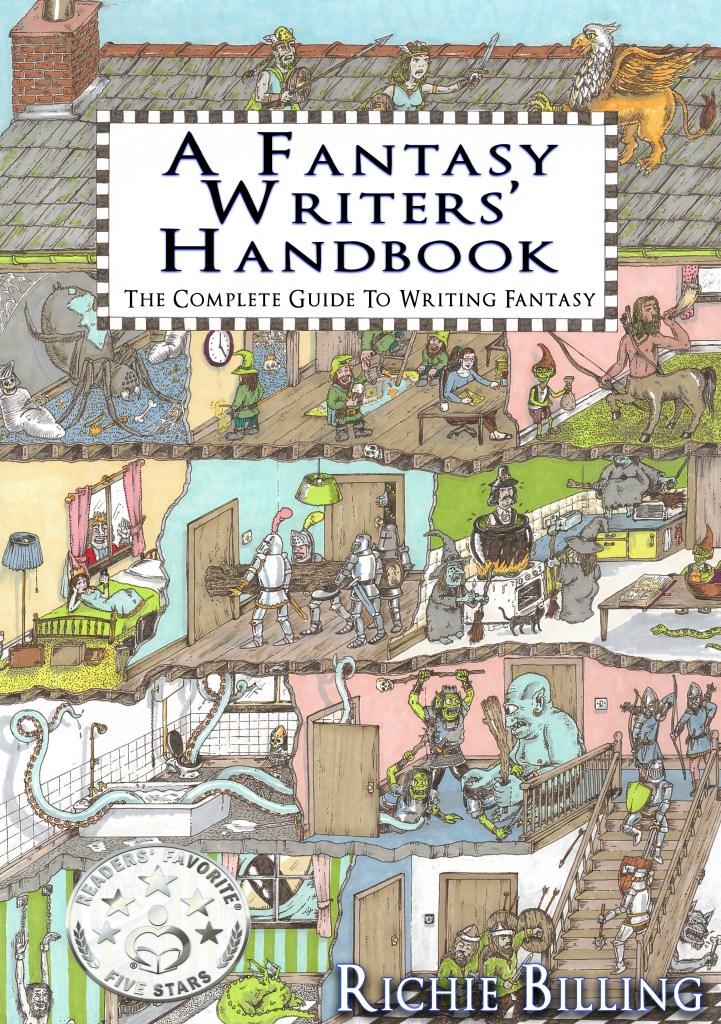Character arcs are perhaps one of the most important parts of learning and mastering the craft of creative writing.
The transformative journies our characters go on in our novels and stories can go in all different directions, sometimes positive and sometimes negative.
In this comprehensive guide, you can find invaluable advice on the different types of character arcs a writer can use. In particular, we look at flat character arcs, what a negative story arc is, as well as it’s positive counterpart, and look at transformative archetypal character arcs too.
Let’s start with an all-important definition.
What Is A Character Arc?
A character arc is the transformative journey a fictional character undergoes over the course of a narrative.
Like the evolution of a living being, a character arc involves substantial internal or external changes, leading to personal growth or decline.
Beginning with a defined starting point, typically aligned with the character’s flaws or unmet needs, the arc progresses through a series of events that challenge and shape the individual.
This evolution can manifest as a positive transformation, where the character conquers weaknesses or learns vital lessons, or as a negative spiral, with the character succumbing to destructive tendencies.
Well-crafted character arcs enhance storytelling by instilling depth and relatability, allowing audiences to empathize with the characters’ struggles and celebrate their triumphs or lament their downfalls.
Ultimately, a compelling character arc can serve as the beating heart of a narrative, breathing life into the fictional realm.
To learn more about creating characters and characterization, check out my comprehensive guide here.

Do Your Characters Need Arcs?
Not all characters necessarily require arcs. It depends on the story’s nature and goals.
Flat or static characters, ones that remain unchanged throughout the narrative, can serve specific purposes, such as providing stability, comedic relief, or highlighting the impact of the evolving characters around them.
However, dynamic characters with well-crafted arcs often contribute significantly to a narrative’s depth and engagement.
Character arcs allow these fictional people to resonate with the audience on an emotional level, fostering empathy and investment. They bring realism to fictional worlds, mirroring the complexities of human growth, making stories more compelling and relatable.
While not an absolute necessity, incorporating character arcs is a powerful tool for writers seeking to elevate their storytelling and create a more immersive and resonant experience for their audience.
The Different Types Of Character Arcs
Character arcs vary to suit diverse storytelling needs. The four primary types are:
- Transformational – Character arcs that follow drastic and significant changes
- Positive Change Arc – Characters evolve positively, overcoming flaws or challenges.
- Negative Change Arc – Characters undergo a negative transformation, succumbing to flaws or destructive paths.
- Flat Arc – Characters remain relatively unchanged, imparting stability or providing a contrast to dynamic counterparts.
Let’s dive into them in more detail.
1. Transformational Character Arcs
A transformational character arc is a narrative journey where a character undergoes profound internal conflict and change, evolving fundamentally from their initial state.
This arc is marked by significant shifts in beliefs, values, or personality traits. The character confronts formidable challenges, forcing introspection and growth, ultimately emerging as a transformed individual.
Unlike with a flat character arc, transformational arcs emphasize a metamorphosis that transcends surface-level adjustments. The evolution is not just about acquiring new skills but revolves around a deep, often philosophical, alteration in the character’s essence.
Given how it mirrors the universal human experience of self-discovery, personal evolution and the inner journey we all go on, it makes it a compelling and enduring element in storytelling.
Examples Of Transformational Arcs
Here are some examples of transformational arcs from fiction:
- Ebenezer Scrooge (A Christmas Carol by Charles Dickens) – Scrooge evolves from a miserly and selfish old man into a compassionate and generous individual after encountering ghosts that lead him to reevaluate his life.
- Frodo Baggins (The Lord of the Rings by J.R.R. Tolkien) – Frodo transforms from an innocent and naive hobbit into a resilient and burdened hero as he faces the challenges of carrying the One Ring to Mount Doom.
- Elizabeth Bennet (Pride and Prejudice by Jane Austen) – Elizabeth undergoes a transformation in her perceptions and prejudices, learning to see beyond societal expectations and recognizing her own faults in the process of falling in love with Mr. Darcy.
- Walter White (Breaking Bad) – In the TV series, Walter White undergoes a dark transformation from a mild-mannered chemistry teacher to a ruthless drug lord, showcasing the destructive potential of unchecked ambition.
- Katniss Everdeen (The Hunger Games by Suzanne Collins) – Katniss evolves from a survival-driven teenager to a symbol of rebellion and self-sacrifice as she navigates the brutal challenges of the Hunger Games and the oppressive Capitol.

2. Flat Character Arc
A flat character arc is a narrative trajectory where the character remains relatively unchanged by the story’s events.
Unlike characters with transformative arcs, flat characters possess a steadfast core identity throughout the narrative.
Instead of personal growth, these characters often serve as constants, providing stability or acting as a foil to dynamic counterparts.
While their external circumstances may shift, their fundamental beliefs and values remain unchanged.
Flat arcs are particularly effective when a story aims to emphasize the impact of the evolving world around the character or convey a sense of consistency in the face of turmoil.
This narrative approach highlights the versatility of character development, illustrating that not all compelling stories necessitate a journey of internal transformation.
Examples Of Flat Arcs
Here are some examples of a flat arc character to give you some inspiration.
- Sherlock Holmes (Sherlock Holmes series by Arthur Conan Doyle) – The iconic detective Sherlock Holmes maintains a consistent personality and deductive prowess throughout the series, with minimal internal change despite facing various complex cases.
- James Bond (James Bond series by Ian Fleming) – The suave and unflappable MI6 agent, James Bond, exhibits a consistent demeanor and set of skills across numerous espionage adventures, rarely undergoing significant personal development.
- Hannibal Lecter (The Silence of the Lambs by Thomas Harris) – The enigmatic and chilling Hannibal Lecter remains a constant, formidable figure, maintaining his refined tastes and cunning intellect despite the unfolding events in the series.
- Jack Reacher (Jack Reacher series by Lee Child) – Jack Reacher, a wandering ex-military police officer, maintains a stoic and solitary nature as he navigates various crime-solving adventures, showing little internal change.
- Indiana Jones (Indiana Jones film series) – The adventurous archaeologist Indiana Jones retains his swashbuckling persona and disregard for authority across multiple films, with his core characteristics remaining largely unchanged.
3. Moral Ascending Character Arcs
A moral ascending character arc, also known as a positive character arc, is a narrative trajectory wherein a central character evolves morally, progressing from a lower ethical standpoint to a higher one.
This arc involves a conscious effort to overcome flaws, rectify past mistakes, and embrace virtues.
As the character confronts challenges, ethical dilemmas, or internal conflicts, they navigate a transformative journey towards moral enlightenment.
Audiences witness not only the character’s external victories but also their internal triumphs over personal shortcomings. A moral ascending arc can add depth to storytelling by exploring the complexities of human morality, offering a compelling narrative that reflects the enduring aspiration for personal betterment and the pursuit of a virtuous path.
Examples Of Ascending Or Positive Arcs
Here are some examples from fiction of positive change arcs:
- Jean Valjean (Les Misérables by Victor Hugo) – Jean Valjean transforms from a hardened ex-convict into a compassionate and altruistic man, guided by the principles of love and justice.
- Matilda Wormwood (Matilda by Roald Dahl) – Matilda evolves from a mistreated and neglected child into a resilient and empowered young girl who uses her intelligence to make a positive impact on her life.
- Arya Stark (Game of Thrones series by George R.R. Martin) – Arya progresses from a vengeful and traumatized girl to a skilled and independent woman, learning valuable lessons about identity, justice, and mercy.
- Andy Dufresne (The Shawshank Redemption) – Andy maintains his integrity and hope, ultimately achieving freedom and redemption despite facing unjust imprisonment.
- Mia Thermopolis (The Princess Diaries by Meg Cabot) – Mia undergoes a positive character arc as she transforms from an awkward teenager into a confident and responsible princess, learning to embrace her royal responsibilities.
4. Moral Descending Arcs
A moral descending character arc, also known as a negative character arc, traces the narrative trajectory of a character as they regress morally, transitioning from a higher ethical standing to a lower one.
This arc involves a gradual erosion of virtues, often driven by internal struggles, external pressures, or a series of questionable choices.
As the character navigates challenges, ethical dilemmas, or personal conflicts, they succumb to darker impulses or compromise their moral compass to become something of an antagonistic force. It is in essence a corruption arc.
A moral descending arc provides a nuanced exploration of human frailty, showcasing the complexities of moral decay and the consequences of unrestrained negative influences.
This narrative approach adds depth to storytelling by delving into the intricacies of character flaws and the potential for ethical compromise in the face of adversity.
Examples Of Descending Or Negative Arcs
Here are some examples of negative change arcs:
- Macbeth (Macbeth by William Shakespeare) – Macbeth descends into madness and corruption, driven by his unchecked ambition and the influence of external forces, ultimately leading to his tragic downfall.
- Anakin Skywalker/Darth Vader (Star Wars saga) – Anakin Skywalker’s journey from a hopeful Jedi to the dark side as Darth Vader illustrates a negative character arc marked by fear, anger, and the pursuit of power.
- Walter White (Breaking Bad) – Walter White’s transformation from a sympathetic chemistry teacher to a ruthless drug kingpin showcases a negative character arc driven by pride, greed, and moral compromise.
- Amy Dunne (Gone Girl by Gillian Flynn) – Amy manipulates and schemes, descending into calculated deceit and cruelty, revealing a negative character arc that challenges conventional notions of morality.
- Lord Henry Wotton (The Picture of Dorian Gray by Oscar Wilde) – Lord Henry’s influence on Dorian Gray leads him down a path of hedonism and moral decay, illustrating a negative character arc driven by decadence and amorality.
More Character Arc Examples
While we’ve covered the four main types of character arcs above, there are others. Perhaps one of the most famous is the Hero’s Journey by Joseph Campbell.
The Hero’s Journey Character Arc
The Hero’s Journey character arc, a narrative template crafted by Joseph Campbell, delineates the universal monomyth of a hero’s quest.
It unfolds in distinct stages, commencing with the protagonist’s ordinary world, a call to adventure, and the crossing of a threshold into the unknown.
Challenges, mentors, and abyssal ordeals follow, leading to a transformative crisis—the hero’s apotheosis.
The triumphant return brings newfound wisdom and a boon to the ordinary realm.
This archetypal story structure, evident in myths and epics worldwide, resonates because it mirrors our collective human experience.
From classic tales to modern blockbusters, the Hero’s Journey captivates audiences by weaving a timeless narrative of self-discovery, growth, and the eternal struggle between darkness and enlightenment.

If you’d like to learn more about the Hero’s Journey, you can find some fantastic academic resources on the subject. This guide by Berkeley University is excellent.
Should All My Minor Characters Have Arcs?
While major characters often benefit from arcs that contribute to the narrative’s depth, minor characters may not require the same level of development. The decision to give minor characters arcs depends on your story’s scope and focus.
A character’s arc is important, but not all of them need one.
Tips For Creating Character Arcs
So we’ve looked at different types of character arcs and when they could be used. Let’s look at how you can apply this to the creation of your own story arcs.
- Establish a Clear Starting Point – Clearly define your character’s starting point by identifying their flaws, desires, or limitations. This sets the foundation for the character arc and provides a baseline for development.
- Craft Organic Progression – Introduce challenges that are integral to the character’s growth. These challenges can be a mix of internal and external conflicts, creating a dynamic and compelling evolution.
- Incorporate Relatable Emotions – Connect with readers by showcasing the character’s emotional journey. Highlight universal struggles that resonate with the audience, making the character’s experiences more relatable and engaging.
- Introduce Pivotal Relationships – Develop significant relationships that play a crucial role in the character’s transformation. Whether through mentors or key connections, these relationships offer guidance and contribute to the character’s evolving perspective.
- Align with Themes and Purpose – Ensure that the character’s evolution aligns with the overarching themes and purpose of the narrative. This coherence adds depth to the storytelling and reinforces the story’s central messages.
- Balance Complexity – Keep the character arc dynamic by introducing unexpected turns. Challenge the character beyond their comfort zones, fostering complexity and avoiding predictability in their journey.
- Conclude with Satisfying Resolution – Wrap up the character arc with a resolution that not only showcases the character’s evolution but also demonstrates the impact on the overall story. A satisfying resolution ties up loose ends and leaves a lasting impression on the audience.
If you’d like more writing tips, just head here.
- The Best And Most Interesting Words To Describe A Book - June 29, 2024
- The Best Words To Describe Teachers - June 29, 2024
- The Best And Most Unique Words That Start With ‘E’ To Describe Someone - June 29, 2024







